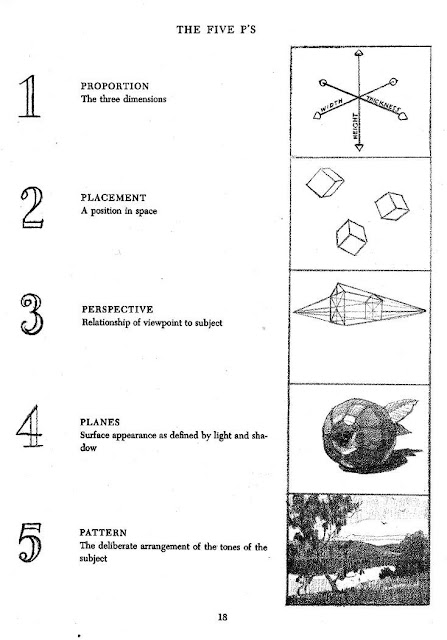I recently realized that I owe so much of my new, healthier, more productive mindset and habits to a variety of people. I think it's time to start saying "thank you" to those individuals and to share their wisdom with you.
This post starts a new series called Shoutout Sundays that will highlight the people, ideas and books that have been essential to my spiritual growth and creative comfort.
I'll start with Leo Babauta, writer of the blog zenhabits.net. Babauta's website is a terrific source of guidance for improving and simplifying one's life.
And in his new book, "The Little Book of Contentment," he nails it.
Discontent, fear, jealousy, self-dislike, judgment—all of the things prevent us from being content also prevent us from being creative and experiencing the success of which we dream. Babauta analyzes all of those feelings—simply and straightforwardly—and forces you to acknowledge your own self-sabotage. Self-sabotage, also known as The Resistance, is especially abundant in creative people and recognizing it's symptoms is the first step in fighting it.
Read Babauta's site, download this free book (I liked the Contentment book so much I just purchased his "Zen to Done" book for $9.50. I was happy to buy this one since I found the Contentment book so helpful) and most importantly, take ACTION!
I'm confident it will improve your productivity, your feelings about yourself and your attitude towards your work.

















